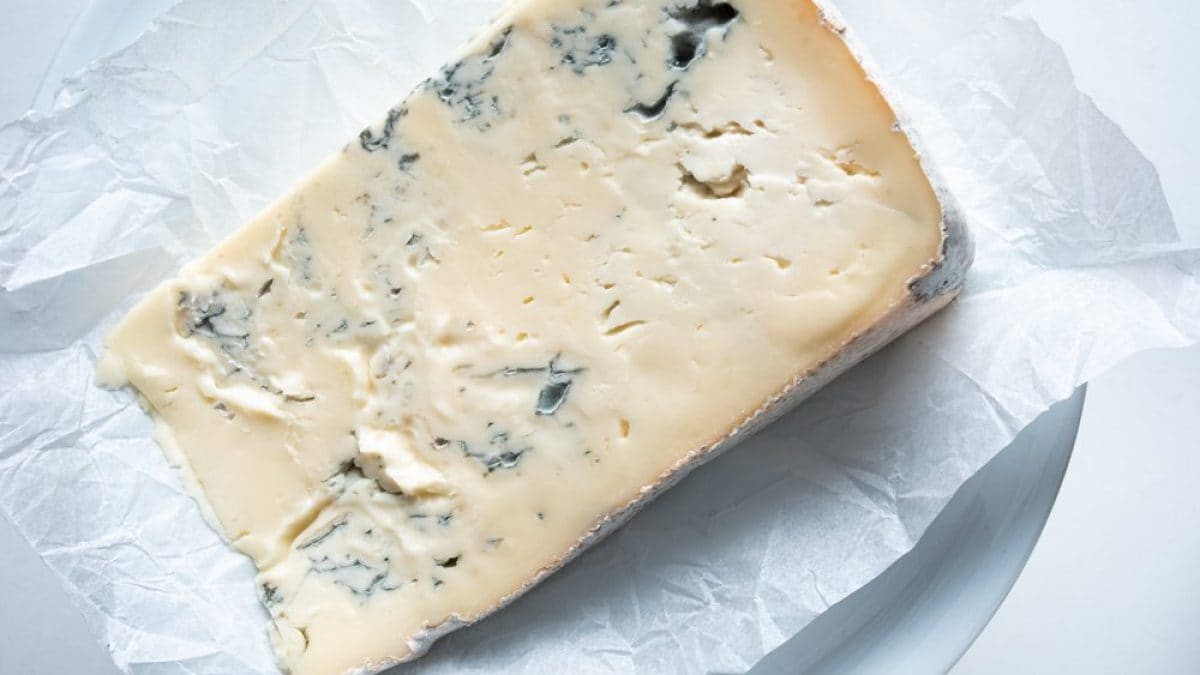
You either love Gorgonzola or hate it. This unmistakably flavorful cheese takes its name from the small town of Gorgonzola, a town of just over 20,000 inhabitants in the province of Milan. It was from here that it began to become one of the most famous Italian dairy products in the world. An Italian delicacy with a unique flavor and aroma, it stimulates the palate thanks to the presence of mold and allows for a variety of unique pairings in the kitchen. Here's everything you need to know about Gorgonzola DOP: how it's produced, the different types available, and its history.
What is Gorgonzola DOP and How Is It Made?
Gorgonzola DOP is a raw blue cheese originally from Lombardy: its production, protected by the DOP, is regulated by a consortium that guarantees its quality and origin. The name comes from the municipality of Gorgonzola, in the province of Milan, where this cheese has been produced for centuries. It is part of the blue cheese family: "special" dairy products that exploit the power of mold. The word erborin comes from the Milanese dialect and means "parsley": in other countries they are called green cheeses or blue cheeses (from the French fromage bleu, which later became English blue cheese).
The texture is soft and creamy, with green or bluish veins due to the presence of noble molds, in this case Penicillium roqueforti, typical of blue cheeses, and traces of Penicillium glaucum, which gives it a more delicate flavor. These molds have been "domesticated" by humans over the centuries and have developed the ability to live in symbiosis with milk, producing enzymes that modify the proteins and fats of the cheese, giving it its characteristic flavor and consistency. Obviously, they do not harm our digestion at all; in fact, thanks to the molds, Gorgonzola is one of the most digestible cheeses.
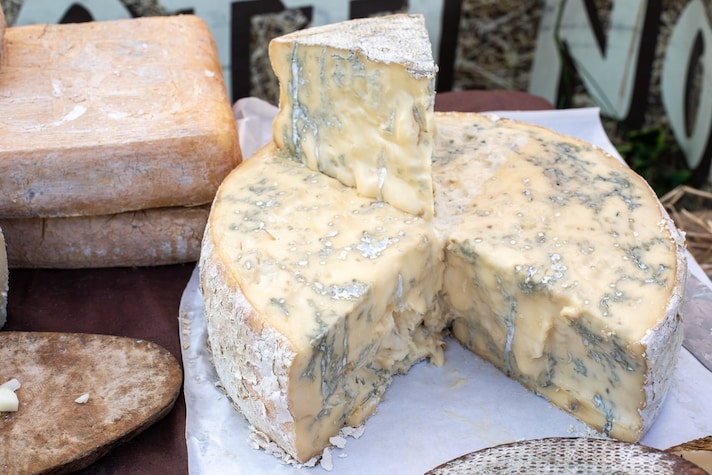
The key to this type of cheese is marbling, a cheesemaking technique that allows mold to develop in the cheese paste: it is this mold that creates the characteristic blue-green streaks and spots, which in some cases tend towards gray. In the past, marbling was a matter of chance: the cheeses were left to rest in caves filled with mold that naturally "dripped" into the young cheese, penetrating and distributing itself. Today, however, the marbling process is rigorously controlled and planned, with selected cultures added to the milk before the curdling and, sometimes, as in the case of Gorgonzola, holes being made in the cheeses to allow the cultures to develop. This process is called agatura and involves adding a starter culture, mold, to the fresh curd to initiate the maturation process and give the cheese its unique organoleptic characteristics. Gorgonzola was once produced using a "two-curd" technique, a process that combined the evening and morning curds. After the war, a new "one-curd" process was introduced, gradually replacing the other because it was more precise and controllable.
Thanks to this process, the Gorgonzola's flavor is intense, aromatic, and slightly spicy, with notes of hazelnut and butter. The sweetness of the milk is balanced by the saltiness of the cheese and the spiciness of the veins.
The Types of Gorgonzola DOP
There are mainly two types of gorgonzola, sweet and spicy, with different taste and consistency characteristics, which makes them truly versatile in the kitchen.
Sweet Gorgonzola has a soft, creamy, ivory-white texture with evenly distributed, thinner bluish veins. Its flavor is sweet, delicate, and slightly spicy, with notes of butter and hazelnut; it is aged for a short time, usually around 50 days. It is perfect for filling fresh pasta, creating desserts like tiramisu, or simply spread on toasted bread. It pairs well with honey, fig jam, and dried fruit.
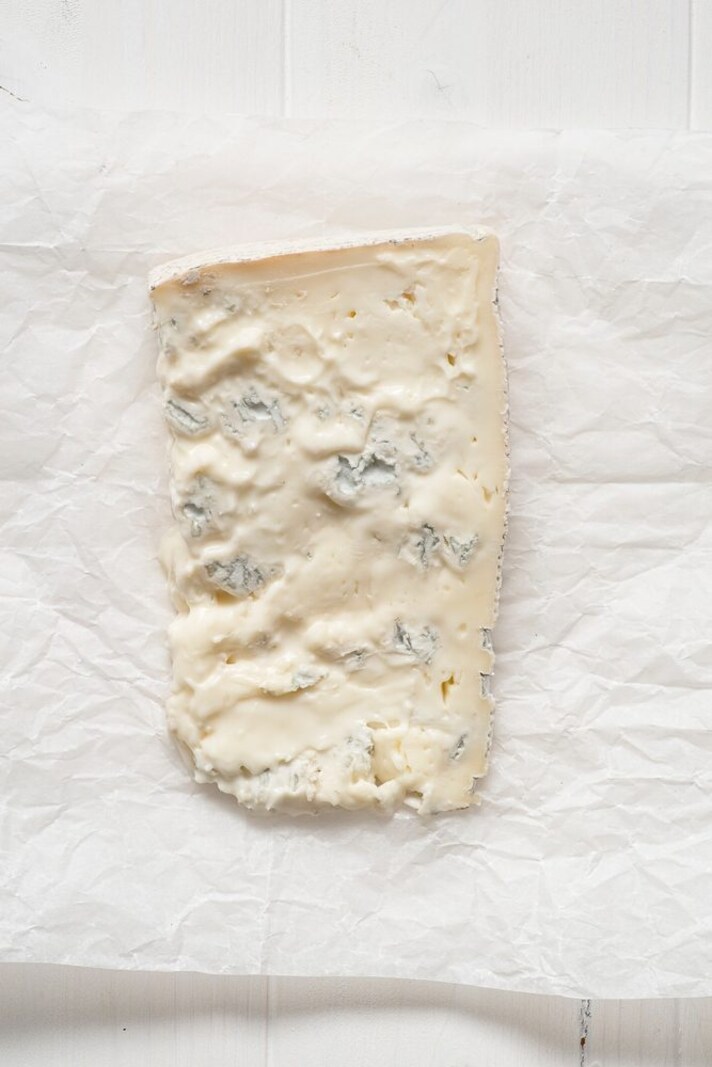
Gorgonzola Piccante has a firmer, more crumbly texture, with more pronounced and concentrated bluish veining, while its flavor is intense, spicy, and slightly salty, with notes of pepper and spices. It is aged longer, usually over 80 days. In cooking, it is primarily used as a pasta sauce, flavoring risottos, soups, and sauces, but it pairs well with red meats, such as fillet or tagliata, and full-bodied red wines. Of course, many enjoy eating it plain, au naturel.
The main difference between sweet and spicy Gorgonzola lies in the aging period and the amount of mold present. The longer the aging period, the greater the concentration of mold and the more intense the flavor. Sweet Gorgonzola is aged for a shorter period, so the mold has less time to develop, giving the cheese a milder flavor. On the other hand, spicy Gorgonzola is aged longer, allowing the mold to penetrate deeper into the cheese and develop a more intense, spicy flavor.
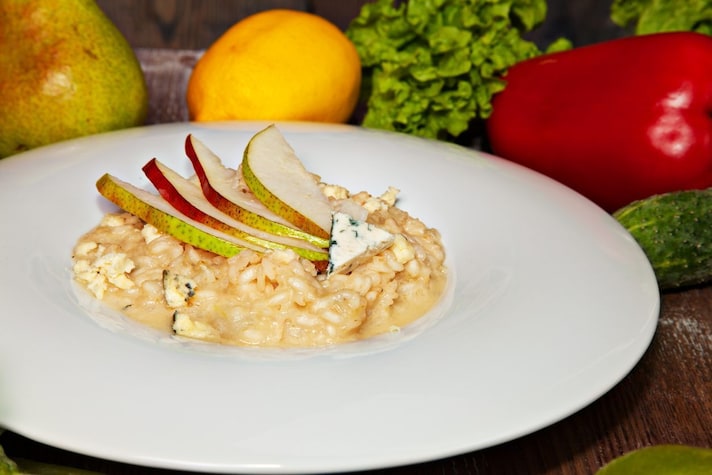
The Mysterious History of Gorgonzola
Gorgonzola is an ancient cheese, although there is no precise information about its "age": some scholars maintain that it was first made in 879, but without the typical green-grey-blue veins, which only arrived around the 11th century. Other sources, however, speak of the 15th century, also placing it in Gorgonzola: legend has it that a herdsman, having mixed two curds of different temperatures to correct a mistake, accidentally obtained the typical streaks.
Finally, other reconstructions trace its birth back to Pasturo in Valsassina, in the province of Lecco, a historic dairy centre: here in fact there are natural caves whose average temperature is between 42°F/6°C and 53°F/12°C and thus allows the perfect success of Gorgonzola.
Initially, Gorgonzola, known as "stracchinato," was not very successful and was made in many different versions. For centuries, its production remained tied to local traditions and was made in small quantities. During the 20th century, thanks to industrialization, Gorgonzola production expanded significantly, while maintaining the product's quality. It gradually became famous not only in our country, but also beyond Italy's borders.
In 1955, it obtained the Controlled Designation of Origin (DOC) status, which guarantees its quality and geographical origin. In 1996, the recognition was extended to the European level with the attainment of the DOP (Protected Designation of Origin) designation.
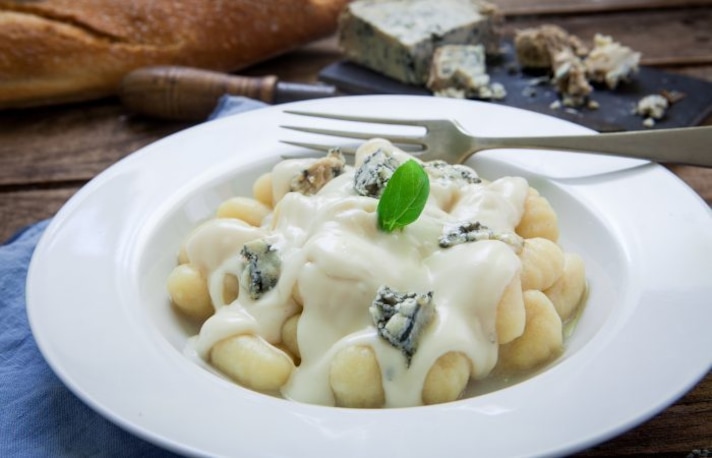
Where Gorgonzola DOP is Produced
Among the rules to be observed in the Gorgonzola DOP Regulations, one of the most important concerns the production areas. Most Gorgonzola production takes place in Lombardy, in the provinces of Milan, Como, Pavia, Bergamo, Brescia, Lecco, Lodi, Monza and Brianza, and Varese, but this specialty is also produced in Piedmont, particularly in the provinces of Novara, Vercelli, Cuneo, Biella, Verbano-Cusio-Ossola, and in some municipalities in the Alessandria area.
The choice of these regions is no coincidence: the climate, the type of pasture, and the quality of the milk produced in these areas are ideal for producing a high-quality cheese like Gorgonzola. Furthermore, the cheesemaking tradition in these areas is very ancient and has allowed the development of the skills necessary to produce such a unique cheese.
;Resize,width=767;)
